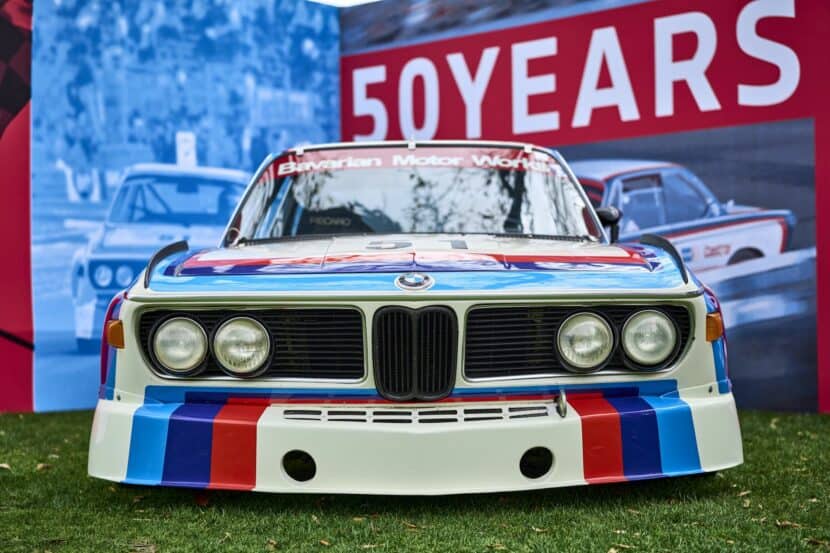The BMW 3.0 CSL holds a special place in automotive history as one of the most iconic and successful BMW models ever created. Its story is filled with racing triumphs, technological innovations, and a passion for pushing the limits of performance.
The roots of the 3.0 CSL can be traced back to the early 1970s when BMW was seeking to establish a stronger presence in motorsport. Inspired by the success of the BMW 2002 in touring car racing, the German automaker set out to create a purpose-built racing machine that would compete at the highest level.
The CSL, which stands for Coupe Sport Leichtbau (Coupe Sport Lightweight), was born out of this ambition. BMW’s engineers went to work on creating a car that would be faster, lighter, and more aerodynamic than its predecessors. They focused on reducing weight by using thinner-gauge steel for the body panels, employing aluminum alloy doors, and fitting lightweight interior components.
The 3.0 CSL made its racing debut in 1972 and immediately caught the attention of motorsport enthusiasts. It quickly established itself as a dominant force in the European Touring Car Championship (ETCC) and the prestigious 24 Hours of Le Mans. The car’s success on the track was attributed to its advanced aerodynamics, powerful engine, and exceptional handling characteristics.

One of the most distinctive features of the 3.0 CSL was its large rear wing, which earned it the nickname “Batmobile” among fans and competitors. This innovative aerodynamic element provided increased downforce, allowing the car to maintain stability at high speeds and during aggressive cornering.
Under the hood, the 3.0 CSL was equipped with a 3.2-liter inline-six engine that produced impressive power for its time. With various upgrades and modifications, the engine’s output increased to around 430 horsepower, making it a formidable contender in the racing arena.
The success of the 3.0 CSL not only elevated BMW’s reputation as a manufacturer of high-performance sports cars but also paved the way for future generations of iconic M models. It showcased BMW’s commitment to engineering excellence, pushing the boundaries of what was possible in terms of performance and innovation.
Beyond its racing achievements, the 3.0 CSL captured the hearts of automotive enthusiasts around the world. Its distinctive aesthetics, with wide fender flares, bold stripes, and striking liveries, made it an instant classic. The car became a symbol of BMW’s dedication to motorsport and performance, leaving a lasting impression on both the racing community and car enthusiasts alike.
Today, the BMW 3.0 CSL is highly sought after by collectors and enthusiasts who appreciate its historical significance and timeless design. It remains a testament to BMW’s racing heritage and continues to inspire the development of future BMW models.
In conclusion, the BMW 3.0 CSL represents the epitome of racing success and automotive excellence. Its story is one of passion, innovation, and a relentless pursuit of performance. As a true icon of the motorsport world, the 3.0 CSL will forever hold a special place in the hearts of BMW enthusiasts and stand as a testament to the brand’s unwavering commitment to pushing the limits of automotive engineering.